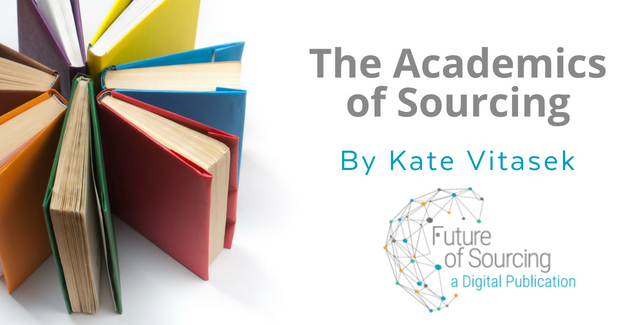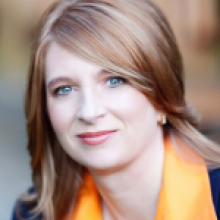In anticipation of the return of Kate Vitasek’s column “The Academics of Sourcing,” Outsource is pleased to showcase some of her best articles from the archives.
“The Academics of Sourcing” is a series that regularly shares some of the best academic insights and translates the learnings from academia into sound advice for practitioners.
Read on to get reacquainted with Kate Vitasek’s insight and experience into the world of sourcing and the academics behind it.
Common sense tells us that businesses grow when they innovate. And that those with the greatest amount of innovation benefit the most.
It was Robert Solow, the 1987 Nobel laureate in economic sciences, who made the revolutionary connection between innovation and economic growth. Solow began his search more than 50 years ago with the idea that technological improvements are the major driver of economic growth. He defines technological improvements as “improvements in business processes or products” and asserts that they become the innovations that drive economic growth.
But how does this relate to outsourcing? The primary point is that companies outsource processes in hopes that their service providers will drive advancements in the business functions they outsource. Solow likely could never have predicted the explosive growth in outsourcing as companies have used outsourcing to facilitate their own economic growth efforts in their search to cut the costs of non-core business processes or allow them access to new markets.
While Solow gained notoriety in 1987 with his Nobel Prize, his work stems from a lifelong effort to study and prove his concepts. Solow’s growth model was first presented in an article entitled, ‘A Contribution to the Theory of Economic Growth’ (1956). His starting point was that society saves a given constant proportion of its incomes. The population and the labor supply grow at a constant rate and capital intensity (or capital per employee) can be regulated. But without technological progress, Solow continued, growth rates for capital, labor and total production would all be about the same. As a result, technological development would be the motor for economic growth over the long haul. In Solow’s model, if continuous technological progress can be assumed, growth in real incomes will be determined by technological progress.
His visionary model has had an enormous impact on economic analysis. His work laid the foundations for what was later to develop into what is known today as “growth accounting.”
But probably the most important contribution was that Solow demonstrated that only a small proportion of annual growth could be explained by increased inputs of labor and capital. Just how small? Thirteen percent.
In other words technological growth makes the crucial difference when it comes to economic growth – a whopping 87 percent. Now keep in mind technological growth happens in two ways: product and process improvements.
So what is your focus when outsourcing? If it is purely labor arbitrage and searching for the lowest cost of labor or facilities in offshore countries, you are probably missing the boat to tap into a longer-term and sustainable path to economic growth for your business. Remember that
Solow’s findings showed a full 87 percent of economic growth is driven from technological change in process and product improvements.
In his Nobel Prize Lecture, Solow said: “When I look back now at the articles I wrote in the 1950s and 1960s on this general subject, I am struck and even a little surprised at how much effort went into broadening the technological framework of growth theory.”
In the lecture, Solow also quoted a warning issued by a leading student of the baseball statistics: “No amount of (apparent) statistical evidence will make a statement invulnerable to common sense.”
That quote hangs in his office. He’s brought common sense to the evolution of economic growth – which should be front and center for anyone outsourcing today. Don’t simply outsource for cheaper butts in seats. Outsource with a purpose to drive technological improvements – including business process improvements.







